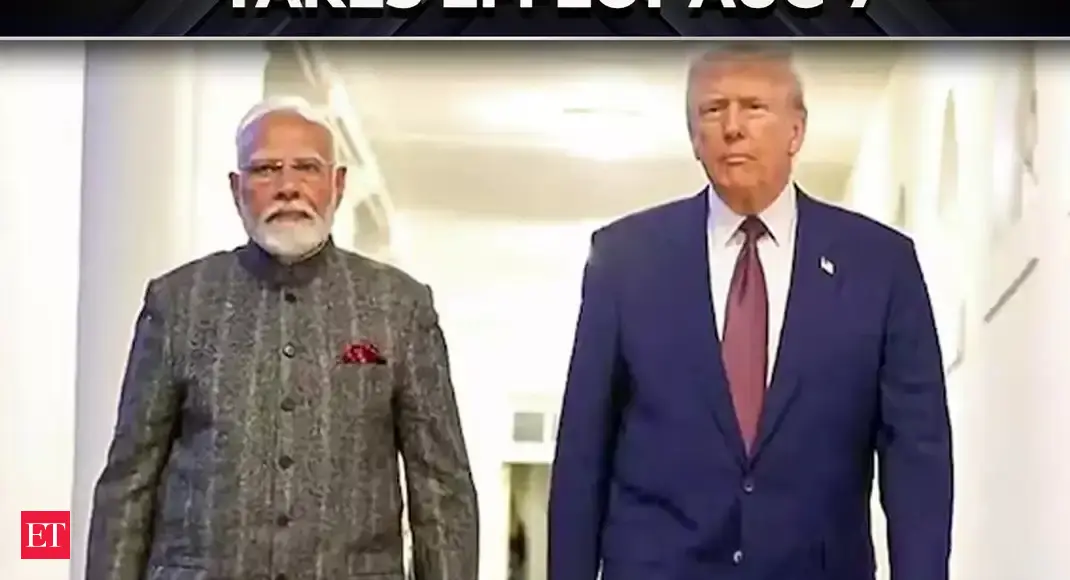

Starting August 7, 2025, the United States has imposed a 25% tariff on most goods originating from India, a move expected to significantly impact India's exports. This decision, formalized in an executive order by President Trump, is part of a broader revision of tariffs affecting nearly 70 nations. The White House argues that these tariffs are necessary to address trade imbalances and national security concerns.
The 25% tariff will not apply to certain exempted categories, including pharmaceuticals, active pharmaceutical ingredients (APIs), energy products (such as crude oil, refined fuels, natural gas, coal, and electricity), critical minerals, and a range of electronics and semiconductors. Despite these exemptions, experts predict a potential 30% decrease in India's goods exports for the fiscal year 2026, potentially dropping from $86.5 billion to $60.6 billion.
President Trump cited India's trade ties with Russia, specifically its purchases of military equipment and energy, as a contributing factor to the tariff decision. He also criticized India's membership in BRICS, viewing it as an anti-US grouping. Trump warned that India would face the 25% tariff and a penalty for its transactions with Russia beginning August 1.
The tariffs vary from 10% to 40% across the affected nations. Nations facing higher tariffs include Syria, Laos, and Myanmar, while Brazil and the United Kingdom face lower rates. According to the executive order, tariffs may be reduced once countries reach a deal with the U.S.
India's placement in the higher tier of tariffs, without product-level exemptions, could put it at a disadvantage compared to competitors with tariffs in the 15-20% range. Sectors expected to be hit hard include petroleum products, smartphones, pharmaceuticals, engineering goods, electronics, and textiles. Labor-intensive goods like garments, leather and non-leather footwear, gems and jewelry, carpets, and handicrafts may also be significantly impacted. Additionally, there is a 50% tariff on steel and aluminum, and 25% on automobiles and auto parts, which are imposed on top of existing tariffs.
The Ministry of Commerce and Industry is currently assessing the implications of these developments and is engaging with exporters and industry stakeholders to gather feedback. The U.S. was India's largest export destination in FY25, with shipments valued at $86.51 billion. In 2024-25, India had a trade surplus of $41 billion with the U.S.